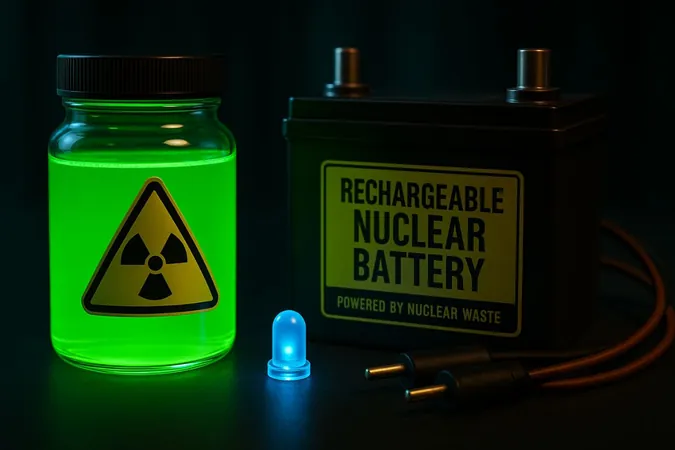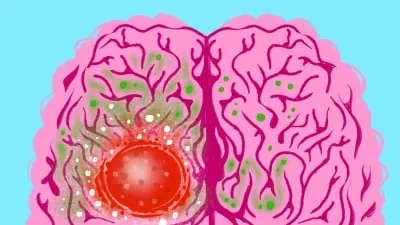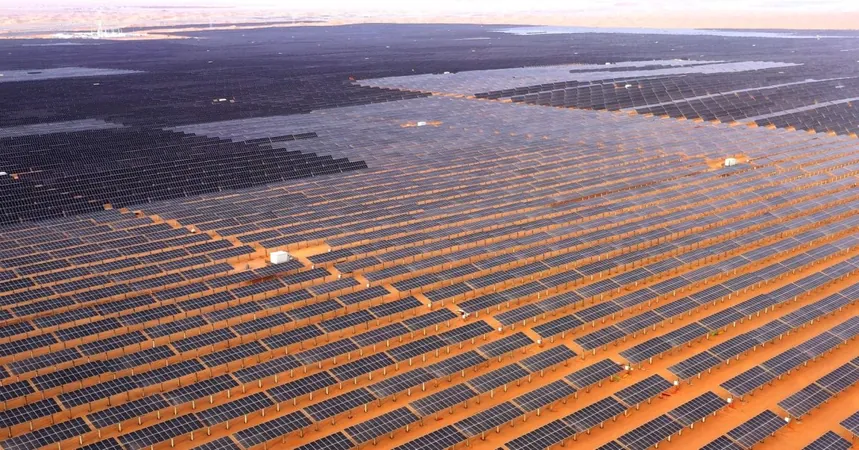
Revolutionary Rechargeable Battery Turns Nuclear Waste into Power for 3,000 Homes!
2025-09-08
Author: Emily
In an astonishing leap towards sustainable energy, Japanese scientists have engineered a rechargeable battery utilizing depleted uranium—a by-product of uranium enrichment. This groundbreaking development could transform hazardous nuclear waste into a potent energy source for homes.
Nuclear Waste: A Treasure Trove of Energy?
While nuclear power plants provide low-carbon electricity, they generate significant amounts of nuclear waste that currently remains unrecycled. However, the Japan Atomic Energy Agency (JAEA) is challenging this norm. Their innovative research could radically change the future of energy.
The Power of Depleted Uranium
Imagine a battery that harnesses the potential of depleted uranium! Far from a sci-fi fantasy, this ambitious prototype is based on the principles of redox flow battery technology, involving the circulation of chemical liquids within an electrochemical cell for energy storage and release.
Researchers have ingeniously swapped conventional vanadium electrolytes with depleted uranium, alongside iron for positive charge—opening exciting new avenues for energy innovation.
20 Years of Groundbreaking Research!
For two decades, Japanese researchers have meticulously pursued this vision. The recent introduction of iron into the battery's design marks a monumental breakthrough, enabling them to achieve an impressive voltage of 1.3 volts—comparable to conventional alkaline batteries. This achievement is just the tip of the iceberg!
Prototype Success: Ten Cycles Down!
The prototype battery has successfully endured ten charge-discharge cycles without any performance degradation. Remarkably, the uranium electrolyte changes color during these cycles, reflecting its changing oxidation states—an exciting feature in battery technology!
Safety First: Addressing Concerns
Of course, the question of safety arises. Kazuki Ouchi, JAEA’s deputy principal investigator, assures us that the radioactivity at this prototype scale poses minimal risk. Depleted uranium is 60% less radioactive than its natural counterpart, further reducing concerns. Still, if scale-up is pursued, stringent safety measures will be essential.
A Vision for Energy Storage!
The JAEA has ambitious plans: they aim to develop flow cells with integrated electrodes capable of harnessing a staggering 650 tons of depleted uranium to store 30,000 kilowatt-hours. This could power approximately 3,000 Japanese households daily!
Renewable Energy and the Future!
This revolutionary technology could play a crucial role in stabilizing the storage of renewable energies like solar and wind power, which are often unpredictable. As the world looks towards sustainable solutions, the success of these Japanese researchers could hold the keys to a cleaner, more energy-efficient future.









 Brasil (PT)
Brasil (PT)
 Canada (EN)
Canada (EN)
 Chile (ES)
Chile (ES)
 Česko (CS)
Česko (CS)
 대한민국 (KO)
대한민국 (KO)
 España (ES)
España (ES)
 France (FR)
France (FR)
 Hong Kong (EN)
Hong Kong (EN)
 Italia (IT)
Italia (IT)
 日本 (JA)
日本 (JA)
 Magyarország (HU)
Magyarország (HU)
 Norge (NO)
Norge (NO)
 Polska (PL)
Polska (PL)
 Schweiz (DE)
Schweiz (DE)
 Singapore (EN)
Singapore (EN)
 Sverige (SV)
Sverige (SV)
 Suomi (FI)
Suomi (FI)
 Türkiye (TR)
Türkiye (TR)
 الإمارات العربية المتحدة (AR)
الإمارات العربية المتحدة (AR)